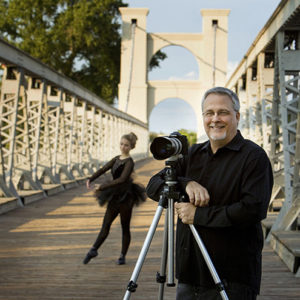 The Sunny 16 Rule
The Sunny 16 Rule
by Steve Kozak
M. Photog., CR.
PPA Certified
At last we reach a point where we will actually know enough stuff about camera to start taking photographs. We are going to begin with daytime exposures only, and gradually will be discussing indoor exposures.
Every situation that you encounter has a measurable amount of light to work with, and with the help of the camera meter, we could measure the exact amount of light for that situation. For now, however, we’re simply going to learn to estimate the amount of light without the help of the meter.
The Sunny 16 Rule
At this point we’re working under daylight conditions only, and there is a little formula that makes this
easy. We are looking for a starting exposure and this chart makes that simple to memorize for us.
The formula is:
Lighting Pattern / Starting Exposure
Sunny / F16@1/ISO
Partly Cloudy / F11@1/ISO
Overcast / F8@1/ISO
Heavy Overcast / F5.6@1/ISO
For each of the lighting patterns, the f-stop is given. The shutter speed will be determined by the ISO.
For example, if it’s a sunny day, and you are using 100 ISO, the starting exposure would be
F16 at 1/125.
(1/125 is the closest shutter speed to 100 ISO.)
If you are using 400 ISO, the closest shutter speed will be 1/500, so your starting exposure would be F16 at 1/500.
Once you have determined the starting exposure, then you can go through the process we learned earlier, to determine the equivalent exposure you might wish to use, depending on the effect you want.
Example 1
Let’s say it is a “heavy overcast” day, and you are using 400 ISO. The exposure would be:
F5.6 at 1/500.
You might like an increased DOF, so try:
F8 @ 1/250
or
F11 @ 1/125
or
F16 @ 1/60
All of these exposures will work, but F16 will give you the most DOF. You can even go to F22@ 1/30, but remember 1/30 may be too slow to hand-hold the camera without noticeable camera shake.
Example 2
This time we find ourselves on a sunny day with 100 ISO. The starting exposure will be F16 at 125. We want to “stop” kids on bikes so we try :
F11 @ 250
or
F8 @ 500
or
F5.6 @ 1000
Yes, there will be a shallower DOF, but what is really important here? By the way, notice that I have quit using the fraction form to discuss shutter speeds. You can too.
